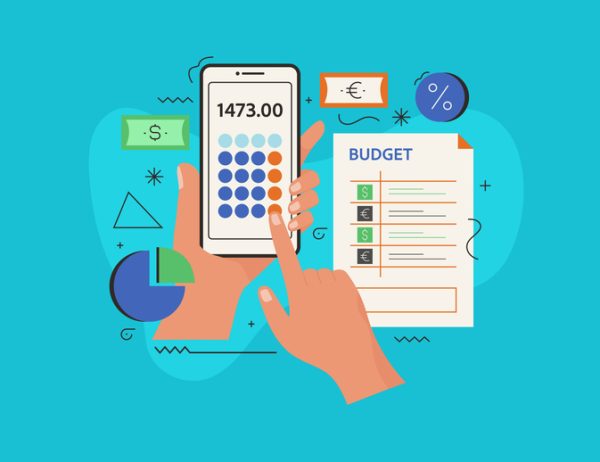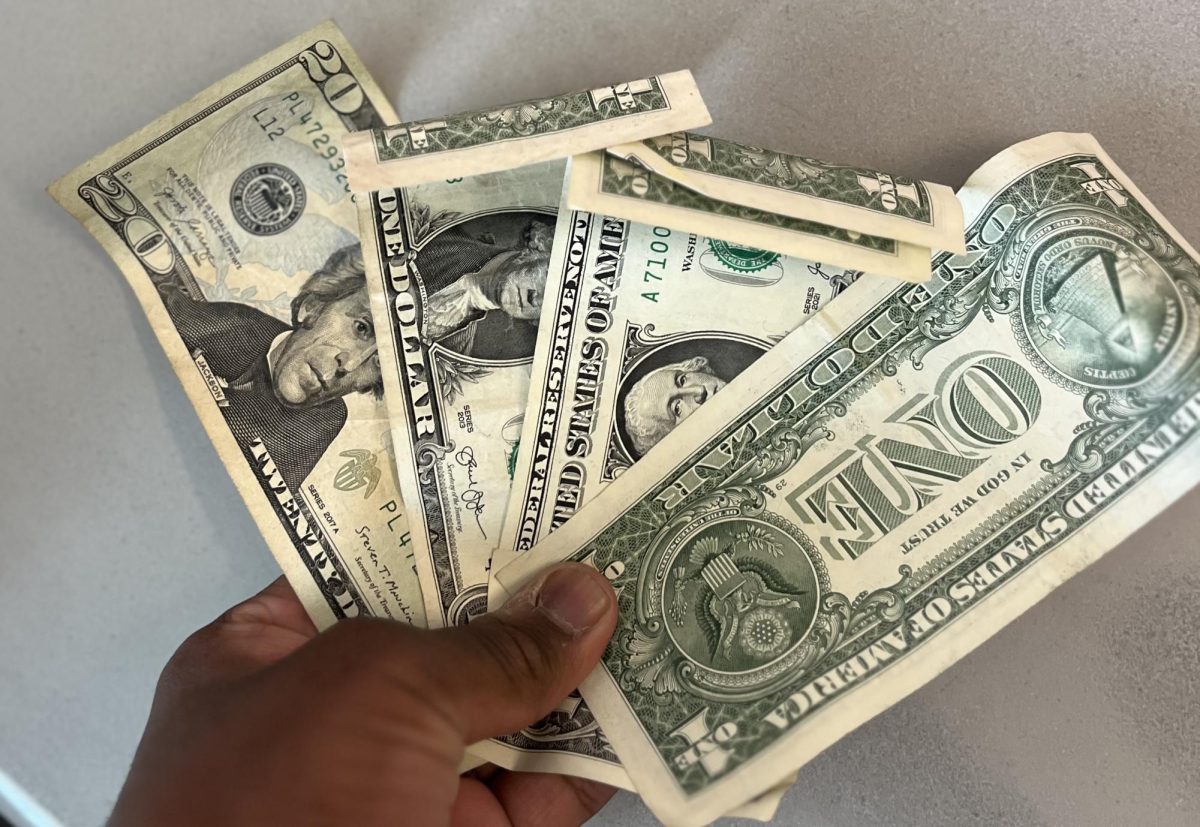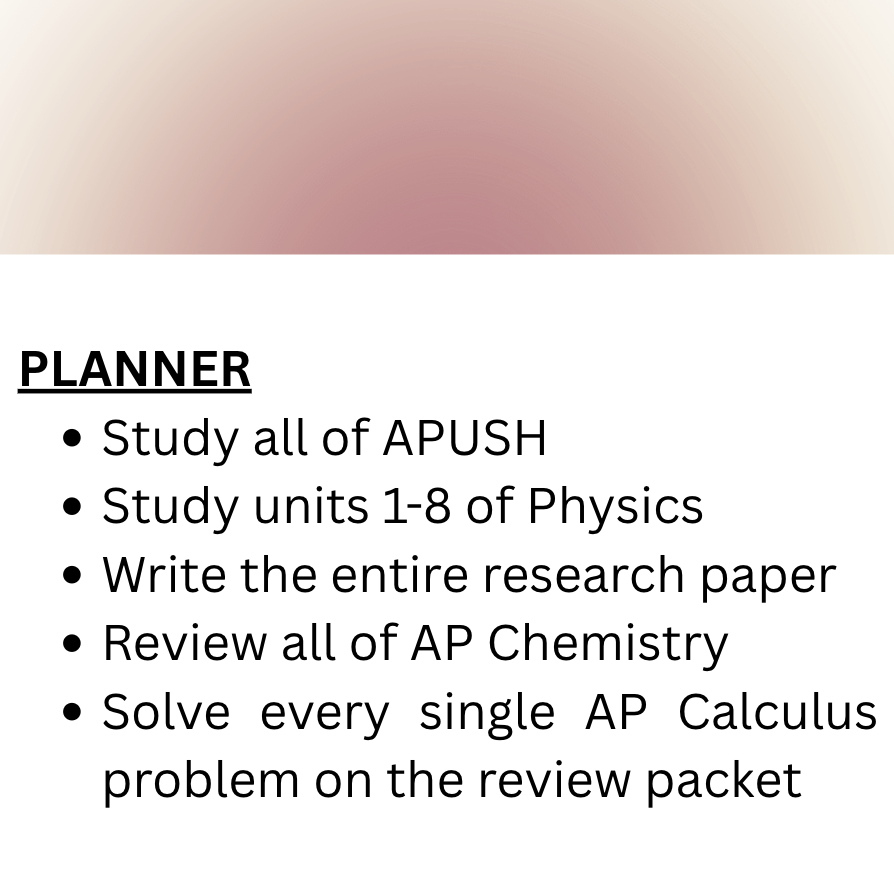In an era of rapid economic change, financial literacy is no longer just a useful skill, it’s a necessity. As students preparing to enter the adult world, we face an uncertain financial landscape: student loans, credit card offers, rising living costs, fluctuating job markets, and the ever-evolving nature of digital currency. Yet, despite all this, many high school students graduate without ever learning how to manage their personal finances. That needs to change.
Financial literacy is the ability to understand and apply financial concepts like budgeting, saving, investing, and managing debt. These are the skills that build the foundation for financial independence and success. Without them, young adults are left vulnerable to poor money decisions, unmanageable debt, and long-term financial insecurity.
Right now, a lot of us are focused on getting good grades, getting into college, and planning our futures. And that is important, with bachelor’s degree holders making on average $40,500 or 86% more than those whose highest degree is a high school diploma. But what happens when that future arrives and we don’t know how to pay bills, apply for loans, or build credit? Many of us will soon be taking on part-time jobs, managing our own bank accounts, or preparing to move away from home. We’re expected to function like adults, but we’re not always taught how.
Considering how often money is at the center of major life decisions, the earlier students understand the mechanics of money, the better. Understanding the financial system helps us avoid the financial mistakes that plague so many adults, our parents included.
Some high schools are starting to incorporate financial education into their curriculum, but it’s far from standard, with only 26.3% of U.S. public high schoolers being required to take a Personal Finance course in order to graduate. This is a missed opportunity. Even a single semester focused on real-world financial skills could make a huge difference. Topics like understanding credit scores and managing student loans are rarely covered in traditional classes, but they have a huge impact on our futures.
This brings us to what can be done at CVHS. While our school currently mandates AP Macroeconomics, we students do not have access to a ‘Personal Finance’ course, and this status quo must be changed. Mandating AP Macro is a step in the right direction, but for us students to truly apply big-picture economic concepts in the real world, a ‘Personal Finance’ class is a must. The success of such a course at CVHS could also inspire similar pilot programs in other HISD schools, increasing the financial literacy of students across the district.

It’s also important to note that financial literacy plays a powerful role in promoting equality. When students from all backgrounds have access to a solid financial education, it helps level the playing field. It gives everyone, not just those with financially savvy parents, the tools to make informed decisions and build wealth. It’s a step toward closing the opportunity gap, with such a course being essential especially during now when we are seeing record levels of income inequality.
Ultimately, financial literacy is more than just a class, it’s a lifelong tool. In a world where the economy is always shifting, being financially prepared isn’t just smart—it’s essential.








